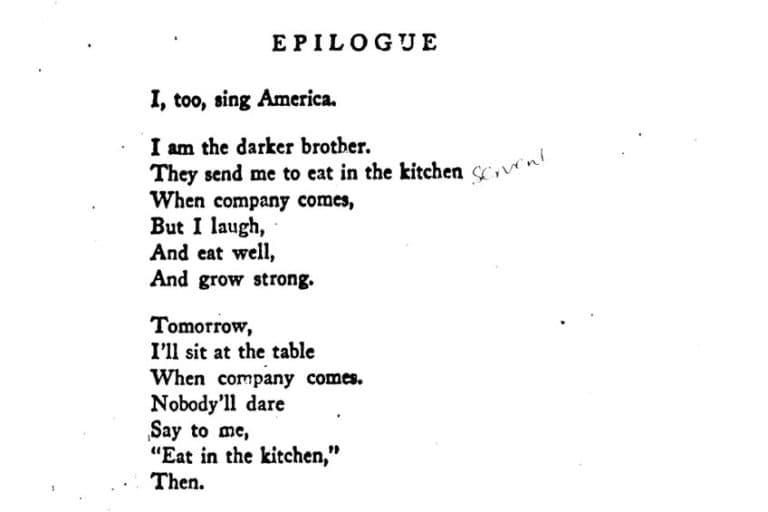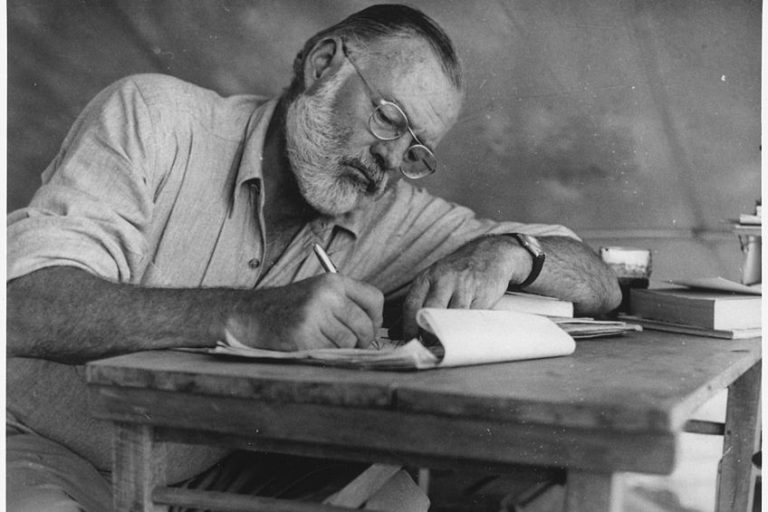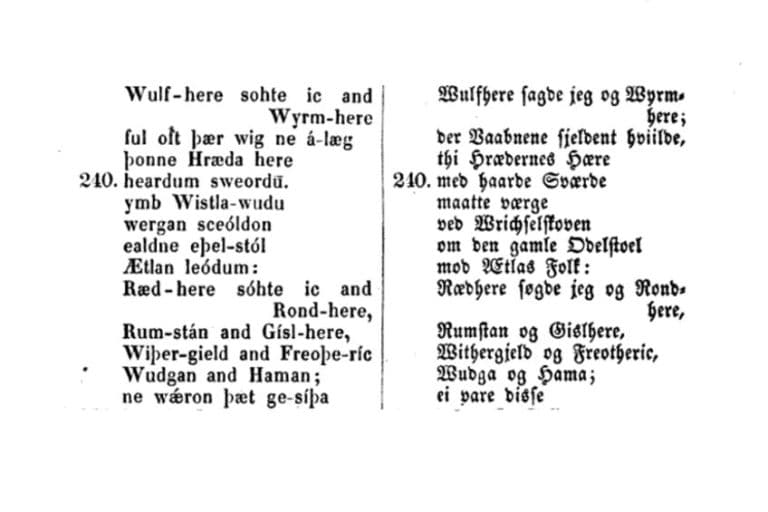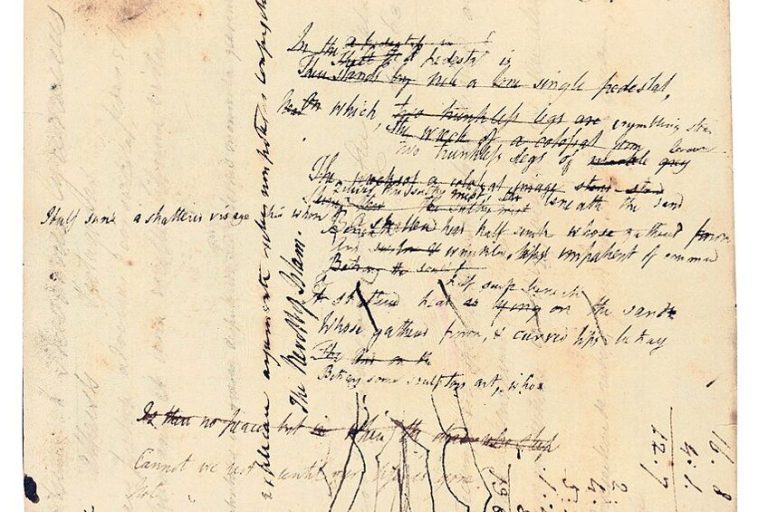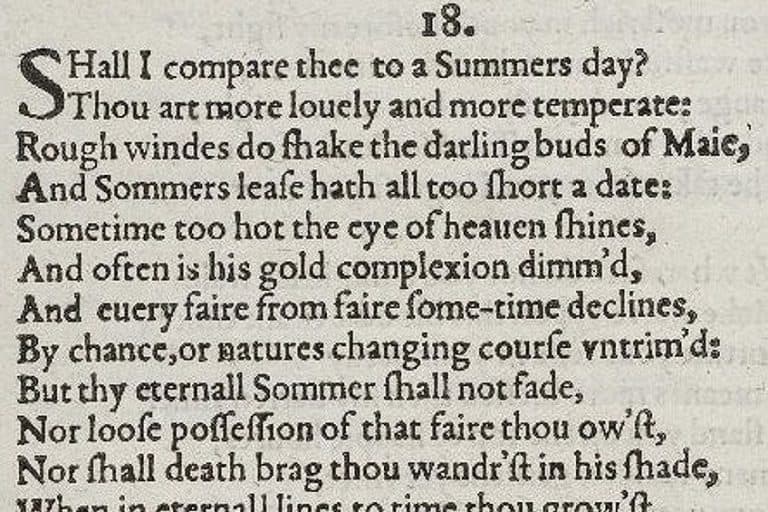Refrain in Poetry – Explore the Art of Poetic Repetition
Why do humans like repetition? How are repetitive structures, like refrains, used in poetry? What is the refrain in poetry? These are some of the queries that we will pursue in this article. We are going to have a look at the refrain in poetry by looking at the purpose of the refrain, the characteristics of it, some of the common types of poems that use it, how the refrain has also come to be used in song lyrics, and, lastly, a few refrain in poetry examples. All of these different points of discussion should help us to answer those questions that were posed at the start of this brief introduction, and if you want some of those answers, keep reading!
Table of Contents
A Look at the Refrain in Poetry
Repetition is a very common thing in many examples of poetry in general. Repetition can come in many forms, such as rhyme and alliteration. However, the refrain is another of those types of repetition that can be used by a poet who is so inclined. So, what is the refrain in poetry then? Well, it is the repetition of a word or phrase that is repeated throughout a poem and can often be found in every stanza, although not necessarily. Furthermore, many examples of poems with refrains incorporate the refrain into the end of a stanza, but even though this is common, it is not a hard rule.

The refrain can be seen as similar to a chorus in a song, but we will go deeper into that idea in one of the later sections of this article. What should be remembered as we proceed with this discussion is that the refrain is a repeated motif in a poem that is often not a particularly long section, but it can be any real length, from one word to a phrase to a lengthier set of lines. However, before we examine the purpose of the refrain in poetry, let’s pause for a moment to give a summary of the topic.
Summary of the Refrain in Poetry
Going over any topic in detail can take a rather long time, and so, for those who may not want to go into as much depth, here is a short summary of the refrain in poetry. This is not a particularly detailed or comprehensive overview, but it should give some of the main points for those in a hurry.
- The refrain is a means of repeating something in a poem. This device is used to continuously repeat a word, phrase, or whole stanza. The purpose of the refrain is generally individual to each poem.
- The refrain in poetry can be used for many reasons. Some of the most common of these reasons include emphasizing certain aspects of a poem, providing dramatic effect, forming part of the structure of the poem as a whole, and so on.
- The refrain possesses similarities to the chorus in songs. The lyrics of songs are often structured around chorus sections in which whole verses are repeated as a means of adding to the musicality and memorability of the song in question.
Poems with refrains can be found all over the medium of poetry, but if you want to understand the uses of the refrain in poetry in far more detail than this quick summary was able to provide, then keep reading on to the next section.
The next section will examine the actual reason for the refrain in the first place.
The Purpose of the Refrain in Poetry
When it comes to the purpose of the refrain in poetry, it can often be down to an individual level. Each poem makes use of a refrain for one or another reason. However, as the refrain is a means of repeating one specific word or phrase, it does serve as a means of reinforcement. However, reinforcement can have a variety of effects.
Some of the most easily noted of these effects would be emphasis. The refrain in poetry can serve as a means of focusing on something in the poem. If it has been repeated over and over again in a poem, then there must be a reason that it has been extensively repeated. The refrain allows a poem to fixate on something and gives us a reason to repeatedly return to it as an idea.

However, the refrain in poetry can also serve a less content-specific role and can instead serve as a means of producing greater rhythm and musicality. A refrain is similar, in some senses, to a chorus in song lyrics, and for this reason, it can often serve as a means of creating a more songlike quality for the reader. This can, furthermore, aid in the memorability of the poem as a whole.
Another reason for the use of the refrain in poetry can be for certain structural or dramatic reasons. It could be using a repeating structure because that forms part of the primary elements of the poem, such as in a poem structure like the villanelle, but that will be discussed more below. All of this has, essentially, been to show that there are many different reasons for the existence of the refrain in poetry. It can serve as a means of emphasis, musicality, structural integrity, dramatic effect, and much more.
Each poem needs to be examined on an individual level to understand why it has specifically been used in each and every poem.
The Characteristics of the Refrain in Poetry
The refrain is often marked by several different characteristics that can be examined to understand why this particular refrain has been used. For instance, you can pay attention to how often it is repeated, how long the repeated section is, how much variation there is between the refrains, how much space there is between the repetitious segments of the poem, and so on.
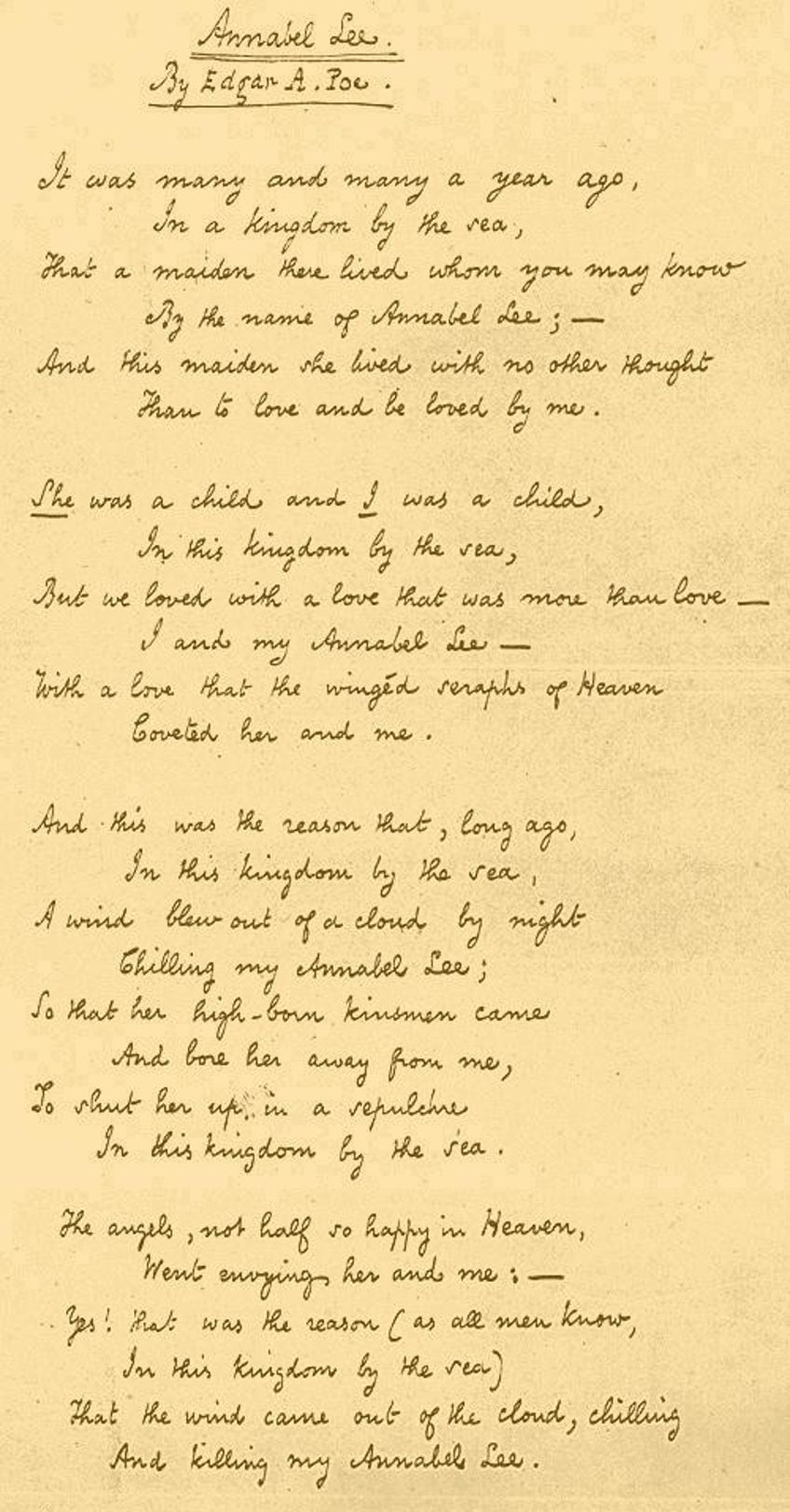
Each of these characteristics of the refrain in poetry can be analyzed to aid in understanding why that particular form of repetition was used over other forms. The reasons for how refrains in poetry are structured are entirely individual to the poem in question.
Types of Poems That Commonly Use Refrains
There are many different types of poems that can make use of the refrain in poetry. The refrain can be used in any poem, but some types of poems are more likely than others to feature refrains of some kind. This is often because of the general structure of these types of poems. For instance, the ballad is a more musical type of poetry that often uses an ABCB rhyme structure and entails the use of refrains for musical reasons.
Other examples of poetic forms that heavily feature refrains include types like villanelles and sestinas.
These poetic forms have repetition baked into the very structure of the poem itself, and so if a poet were to write one while sticking to the structure of said type of poem, they would always produce repetitive structures. However, these represent only a handful of the types of poems that consistently use refrains. Any poem can make use of the refrain if the poet decides that this would be beneficial to the poem in question.
The Refrain in Song Lyrics
The standard refrain, referring to the repetition of lines, phrases, and stanzas, can also be found in music. However, this is often seen as the chorus of a song. This is the section of the song in which a line or verse is repeated, often verbatim, to add to the flow and musicality of the song as a whole. This technique aids in the memorability of a song and we can easily see this by how many people can sing along to the chorus in all manner of famous songs but will only mumble some of the other lyrics.

Much like the refrain in poetry, there are many reasons for this kind of refrain structure. As music is often based on repetition, especially the continuous repetition of musical notes within one poem, the use of the refrain makes sense. We can also see the way in which some songs, especially some in the modern era, remove all non-chorus lyrics and instead focus on the repetition of a phrase throughout the song.
Refrain in Poetry Examples
The refrain is a common feature in many poems and, as has been explored, in music too. We like it when things are repetitive in our poetry, because repetition allows for a fixation on certain aspects of a poem, especially when it rolls off the tongue nicely. To best understand poems with refrains, we need to actually look at some refrains in poetry examples to see how and why this kind of repetition is so consistently used.
We are going to explore five different poems to investigate this concept.
The Bells (1849) by Edgar Allan Poe
| Date Published | 1849 |
| Type of Poem | Lyrical poem |
| Rhyme Scheme | Various |
| Meter | Trochaic |
| Topic | Emotion and life |
The Bells is a fantastic example of the refrain in poetry as it makes extensive and repeated use of one particular word in various parts of the poem. However, before we look at that, what is this poem about in the first place? The general structure of this poem serves as an examination of bells, as the name suggests to us, and it shows us the sounds that a variety of bells make and what those sounds then imply about a particular thing.

For instance, the poem shows us silver bells that are more cheerful and positive and golden bells that represent marriage and the joy that comes with them. The use of bells is where this repetition and refrain comes from. There are a number of sections in the poem that build towards the repeated expression of the term “bells”, and these lead-up sections feature heavy rhyme and rhythm until it reaches lines in which the solitary word “bells” is repeated two to three times per line.
The poem wants us to fixate on the ways that these bells sound to produce different feelings and emotions through life, but that they do all ultimately form part of the same general structure.
O Captain! My Captain! (1865) by Walt Whitman
| Date Published | 1865 |
| Type of Poem | Elegy |
| Rhyme Scheme | Variable |
| Meter | Iambic pentameter |
| Topic | Tribute to Abraham Lincoln |
O Captain! My Captain! is one of the most famous of all the poems ever written by Walt Whitman. While this particular poet was often known for his free verse poems, this decidedly non-free verse poem, has often come to be seen as the most notable of all the poems he ever produced. The poem makes extensive use of one particular refrain which serves as a metaphor for a fallen leader. In this case, the fallen leader was the recently assassinated Abraham Lincoln.

The poem repeatedly uses the exact same words that can also be found in the title. These words, “O Captain! My Captain!”, appear at the start of each and every stanza. While many instances of poems with refrains include said refrain later in the stanza, this poem opens each stanza with the refrain as it repeatedly calls our attention to this captain who is no longer present. The final stanza of the poem tells us that the captain has died, but still, the refrain remains. This particular refrain is also aided by a number of other lines in each of the stanzas that opens with an “O” followed by another word.
This continuously links this linguistic repetition to the refrain of “O Captain! My Captain!”.
The Hollow Men (1925) by T.S. Eliot
| Date Published | 1925 |
| Type of Poem | Free verse |
| Rhyme Scheme | None |
| Meter | None |
| Topic | Post-war disillusionment |
The Hollow Men is a complicated poem. This is one of the best-known Modernist works of T.S. Eliot, and this particular poet is known for producing some of the most difficult-to-read poetry. This poem is no exception to that as the text makes its way through a series of references and ideas throughout its rather long duration. The poem, as a whole, serves as a reflection of post-World War One Europe and the cultural decay that started there. In many ways, the poem can be seen as similar to another of his most famous poems, The Waste Land, but less complicated and far shorter.

The reason this is one of the best examples of poems with refrains is because the last four lines of the poem have become some of the most famous ever written. They are also some of the lines that have been the most quoted in 20th century poetry. The first of these lines is repeated three times in a row to reinforce the apocalyptic nature of this ending as it states that “This is the way the world ends”, and after this line has been reinforced and repeated three times in a row, the whole poem ends with the phrase “Not with a bang but a whimper”.
The first line, in its repeated form, serves as a build-up to the ultimately anti-climactic reality that the poem presents to us of an end to the world that is not chaotic and wild, but quiet and cold.
Do not Go Gentle into that good night (1951) by Dylan Thomas
| Date Published | 1951 |
| Type of Poem | Villanelle |
| Rhyme Scheme | ABA ABA ABA ABA ABA ABAA |
| Meter | Iambic pentameter |
| Topic | Death |
Do not go gentle into that good night is an example of a villanelle. For this reason, using it as a refrain in poetry example is likely a little bit of a cheat. Any villanelle could be used in this instance to make the exact same claims, but this Dylan Thomas poem is likely the most famous villanelle in the English language, and so making use of it is probably easiest. The reason for this overly explanatory opening is because the villanelle, as a type of poetry, is structured around the repetition of two particular lines. This poetic form uses this repetition of two lines as a refrain.
The purpose of the refrain in this particular poetic form is to call specific attention to those repeated lines. In the case of this poem, the two repeated lines are “Do not go gentle into that good night” and “Rage, rage against the dying of the light”. Both of these lines are powerful and uncompromising statements that reinforce the poem’s message of not giving in to death. The first issues us a demand and the second presents us with the anger the poem wants us to experience when facing death.
The purpose of the refrain in this particular example is to serve as reinforcement of the themes that the poem wishes to present to us.
Caged Bird (1983) by Maya Angelou
| Date Published | 1983 |
| Type of Poem | Free verse |
| Rhyme Scheme | Irregular |
| Meter | Variable |
| Topic | Oppression |
Caged Bird is a phenomenal text when examining refrain in poetry examples because an entire stanza is repeated verbatim. This repeated stanza, which serves as the third and sixth stanzas, presents us with a kind of chorus-like structure. The poem feels like it could very easily be an example of a song, and the two lines that precede each instance of this refrain stanza serve as explanations of why this caged bird has been caged in the first place and why the caged bird sings.

These two repeated stanzas give us the same information, which is that the bird sings while still caged but is afraid while doing so and that that song can be heard far and wide. This idea is a reinforcement of the themes of oppression that can be in the poem. This famous protest poem examines oppression, and the bird is the oppressed creature within their cage, but their song, or voice, is the one thing that they can still use to rage against their bars. The repetition of this particular stanza as a refrain reinforces, for the reader, the idea that this bird should be free and that nothing will stop the bird from singing for that freedom.
The refrain is an immensely common part of poetry in general, and there are a great many poems that use refrains in many different ways. This article was ultimately an attempt to explore poems with refrains and to examine the question: “What is a refrain in poetry?”. To answer that question, we looked at the purpose of the refrain in poetry, the characteristics of it, the types of poems that often make use of refrains, the connection between the refrain and song lyrics, and a few refrain in poetry examples. All together, these sections should have provided a good general overview of the refrain in poetry and why it is so commonly used. So, the next time you’re reading a poem, listen out for the refrain and ask yourself why this particular poet decided to make use of this common poetic device.
Frequently Asked Questions
What Is a Refrain in Poetry?
Refrain has existed in poetry for a very long time. This concept simply refers to the idea of the repetition of a word, phrase, or group of lines in a poem. It is close to the song chorus in that it is repeatable and adds a certain rhythmic weight to a poem. There are many different ways that the concept of the refrain can be used in poetry. However, the core idea is simply one of repetition. This makes it a very generalized term that can refer to a great number of types of repetition in a poem.
What Are the Characteristics of the Refrain in Poetry?
There are several characteristics that we should consider when we decide to examine the way in which a refrain can be used in a poem. How many times is the refrain repeated? What is the length of the refrain? Is the refrain variable or does it stick to a specific structure? Each of these questions exists on an individual level within each poem that uses refrains. We can examine each of these aspects alongside how many times a refrain is used, how far apart the refrains are from one another, and so on. Each of these aspects ultimately join together to lead to the general characteristics of a refrain in a poem.
What Is the Purpose of the Refrain in Poetry?
There are several possible purposes of the refrain in poetry. Sometimes it can be used as a means of emphasizing something in the poem, or it could be to improve the rhythm, to add musicality or structural purpose, or even to make the poem more memorable. When we hear something over and over again, it is more likely to stick in our minds for far longer, and this ability to make something that is more easily remembered or has a more appealing linguistic quality to it are all good reasons to use refrains in a poem.
What Are Some of the Common Types of Poetry That Use Refrains?
Many types of poems make use of the refrain in some way or another. Some types of poems, such as sestinas and villanelles, have repetition baked into the very structure of the poem itself. However, poetic forms like ballads also often make use of refrains in the form of chorus structures that are intended to add further musicality to the poem as a whole. However, any kind of poem can use refrains if the poet so desires, but some types of poetry are more likely to include refrains than others.
What Are Some Notable Poems With Refrains?
There have been many poems with refrains over the centuries, and this is generally because the refrain is a very common poetic technique. Some of the most famous refrain in poetry examples include O Captain! My Captain! (1865) by Walt Whitman, Do not go gentle into that good night (1951) by Dylan Thomas, and Caged Bird (1983) by Maya Angelou. However, as has been stated, it should be remembered that this is a tiny subset of all the poems that make use of the refrain in their structure.
Justin van Huyssteen is a freelance writer, novelist, and academic originally from Cape Town, South Africa. At present, he has a bachelor’s degree in English and literary theory and an honor’s degree in literary theory. He is currently working towards his master’s degree in literary theory with a focus on animal studies, critical theory, and semiotics within literature. As a novelist and freelancer, he often writes under the pen name L.C. Lupus.
Justin’s preferred literary movements include modern and postmodern literature with literary fiction and genre fiction like sci-fi, post-apocalyptic, and horror being of particular interest. His academia extends to his interest in prose and narratology. He enjoys analyzing a variety of mediums through a literary lens, such as graphic novels, film, and video games.
Justin is working for artincontext.org as an author and content writer since 2022. He is responsible for all blog posts about architecture, literature and poetry.
Learn more about Justin van Huyssteen and the Art in Context Team.
Cite this Article
Justin, van Huyssteen, “Refrain in Poetry – Explore the Art of Poetic Repetition.” Art in Context. November 23, 2023. URL: https://artincontext.org/refrain-in-poetry/
van Huyssteen, J. (2023, 23 November). Refrain in Poetry – Explore the Art of Poetic Repetition. Art in Context. https://artincontext.org/refrain-in-poetry/
van Huyssteen, Justin. “Refrain in Poetry – Explore the Art of Poetic Repetition.” Art in Context, November 23, 2023. https://artincontext.org/refrain-in-poetry/.



